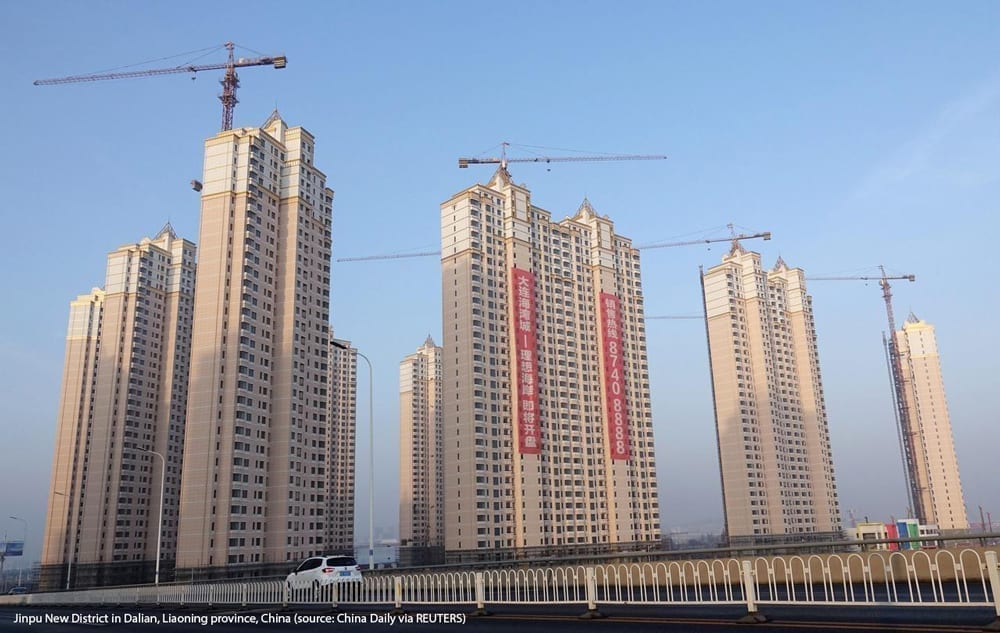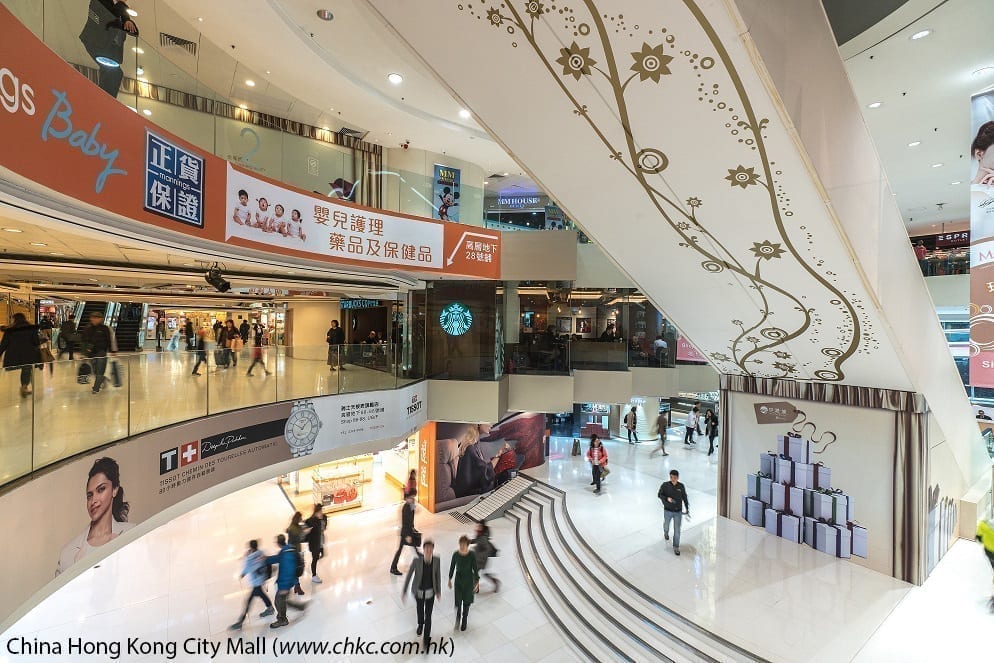Market Economics


China’s new real estate market | by Alessandra Ferretti
Today China is one of the world’s top countries of production, consumption and export of ceramics for use in construction, if not the absolute leader. And although the Chinese ceramic industry’s development has stalled in recent years, analysts and experts see a very positive long-term outlook.
To understand how China’s domestic and export ceramic market is performing, we first need to look at the situation in which the manufacturing giant finds itself today.
Let’s begin with the figures. 2018 saw a 10% increase in real estate market investments, of which 10% was in the residential sector. This was followed by an even stronger performance in the first three quarters of 2019 with over 10% growth in real estate market investments, including 15% growth in the residential sector.
At the same time, however, China’s ceramic industry has entered a period of stagnation due to the major changes that have occurred in the domestic and export markets in recent years. Moreover, the contrast between the rapid contraction in market demand and the consequent levels of overproduction has further accentuated this decline in demand. This is in no small part due to the increased supply of fully furnished apartments and houses.
As experts and operators currently present in China explained to us, the country’s retail market has shrunk due to the growing tendency on the part of real estate companies to purchase tiles directly from the producers with the aim of selling properties fully furnished. The renovation sector, the online market and the prefabricated building segment have also expanded.
A number of areas of action and opportunities certainly remain, particularly the expansion of urbanised spaces, the continuous growth in demand for residential decorations and the “western development” and “new rural construction” policies, which give a big boost to the development of the ceramic tile and sanitaryware industries and the wider consumer market.
“By contributing to the Chinese ceramic industry’s sustainable development policy, the creation of a green value chain will give rise to a high level of competitiveness and usher in a new phase of rational and environment-friendly development,” explain the analysts. “As a result, the Chinese ceramic industry continues to have a bright future.”
In the past, the Chinese ceramic industry was strongly dependent on the real estate sector, particularly private building. “From the point of view of product segmentation, there have always been two traditional retail channels,” continue the experts. “The first, which made up the largest market share, was that of tiles for interior use. The second channel, which instead accounted for a fairly limited share, was the B2B projects sector. In recent years, the growth of furnished prefabricated buildings has certainly had a big impact on the traditional sales channels, particularly the retail market.”
At the same time, the practice of rehousing (which involves redeveloping large vacant or underutilised housing units) is boosting the importance of the designer and architect channels, which are becoming increasingly influential and gradually establishing themselves as the mainstream of the market. As a result, construction companies have expanded their use of ceramic tiles for exteriors and interiors at the expense of marble, granite and other materials. In particular, high quality porcelain tiles are the most popular material for use in outdoor and public spaces.
As for the short-term prospects for ceramics in China, the capacity of the market is consolidating in the face of a slowdown in the country’s economic growth. At the same time, the ceramic tile industry itself is facing competition from plastic-based materials.
In the long term, however, the Chinese economy is expected to achieve its target of stable growth, which includes the sectors of new residential housing and urban construction in general, wall tiles and the emerging market of large size tiles for both indoor and outdoor use. The key factors driving the development of China’s construction industry are the continuous growth of new residential areas, the new areas of urbanization, renovation and housing, and large-scale implementation of the “western development” and “new rural construction” models.
The market is also seeing a gradual change in terms of its distribution model. “With the steady increase in purchasing power and changes in lifestyles and aesthetic concepts, consumers are gaining greater brand awareness,” continue the experts. “This is becoming an increasingly important factor.”
The ceramic market is now dominated by top-tier brands and large companies, which have made efforts over the years to improve in terms of product innovation, product and process quality, intellectual property and marketing.
At the same time, the number of visitors to shopping centres has begun to decline, which means that traditional ceramic tile retail channels are no longer as effective as they were in the past. “Ceramic tile manufacturers must rethink the way they promote their products in order to adapt to the new market situation in the same way as suppliers, real estate companies and opinion leaders, particularly designers and architects and prefabricated building companies,” the analysts observe.
Thirdly, the new O2O online-to-offline retail segment has become the biggest trend. The fact that consumers are now more attentive to online sources has brought some revolutionary changes to the marketing model. One example is that of large physical showrooms more than 1,000 sqm in size, with the 5,000 sqm “big store” model of the past now partially replaced by online showrooms.
“At present, China’s biggest advantage is the fact that it is an enormous market of 1.4 billion people with a per capita consumption of 5.4 sqm,” explain local operators. “Living standards are improving steadily and there is growing attention to the environment. Consumption has increased in terms of both quality and quantity, aesthetic capabilities have improved and there is growing brand awareness.”
On the other hand, the market has a number of disadvantages including rapidly rising labour costs and still inadequate level of high-end production. Greater research and development efforts are needed in terms of technology, particularly for large-size ceramic tiles, and the level of internationalisation needs to be further improved.
Large size tiles, functional tiles with an antibacterial action and designer tiles are currently the most widely sold products in the domestic market. Within these trends, large slabs (in both thick and thin versions) are seeing particularly rapid growth and have come to symbolise a company’s production capacity and brand image.
As a consequence, large size tile production lines have grown significantly in recent years, the most popular sizes being 1200 x 2400 mm, 1200 x 3600 mm and 1600 x 3200 mm.
The main ceramic tile production sites in China are Foshan, Guangdong, Jinjiang, Fujian, Gao’an, Jiangxi, Zibo, Shandong, Jiajiang, Sichuan, Dangyang, Hubei, Faku, Liaoning, Tengxian and Guangxi.
January 2020





